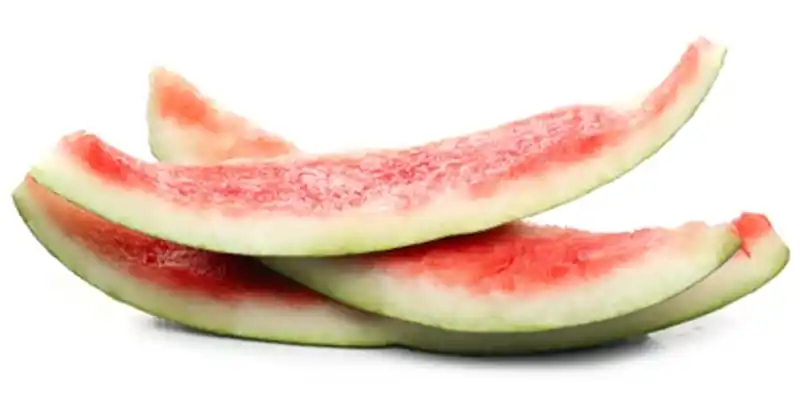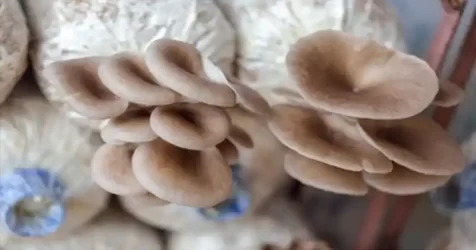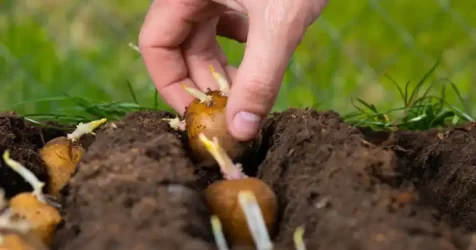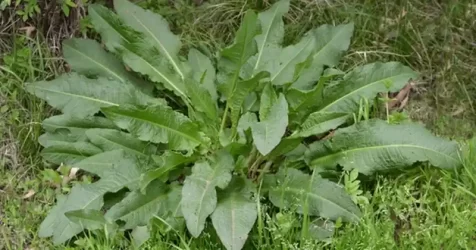Reusing Watermelon Peels: Creative Ways for Your Kitchen and Garden

Watermelon is a refreshing summer fruit enjoyed worldwide, but many people toss out the peel, unaware of its hidden potential. Instead of discarding watermelon peels, they can be repurposed in both the kitchen and the garden, offering a sustainable and resourceful solution. In this article, we’ll explore the many ways you can reuse watermelon peels, reducing waste and making the most out of this often-overlooked part of the fruit.
In the Kitchen: Culinary Uses for Watermelon Peels
Watermelon peels are not just edible but can be transformed into delightful recipes that are both delicious and nutritious. The peel, especially the white part, is rich in fiber and antioxidants, making it a valuable addition to various dishes.
1. Watermelon Peel Jam
One of the most popular and easy ways to reuse watermelon peels in the kitchen is by turning them into jam. Watermelon peel jam is sweet, slightly tangy, and pairs well with breakfast dishes or pastries. Here’s a simple recipe:
Ingredients:
- 1 kg watermelon rind (white part only)
- 4 cups granulated sugar (750-800 grams)
- 3 cups watermelon peel juice (from boiling the rinds)
- 5-6 cloves (optional, for flavor)
- Juice of ½ lemon
- ½ tablespoon butter
Instructions:
- Wash the outer surface of the watermelon thoroughly, and remove the green skin to reveal the white part.
- Chop the white rind into small cubes.
- Boil the rind in water for about 15-20 minutes until softened. Reserve the cooking water (this will be used as the watermelon peel juice).
- In a large pot, mix the watermelon rind with sugar, watermelon peel juice, and cloves. Bring it to a boil.
- Lower the heat and simmer the mixture for about 1 hour, stirring occasionally until it thickens.
- Add the lemon juice and butter towards the end to give the jam a nice shine and balance the sweetness.
- Let it cool and store in sterilized jars. This jam can be enjoyed with toast or as a sauce for desserts.
2. Watermelon Peel Pickles
Another fantastic way to reuse watermelon peels is by making pickles. They offer a crunchy, tangy alternative to traditional cucumber pickles and are perfect as a side dish or snack.
Ingredients:
- Watermelon peels (white part only)
- 1 cup apple cider vinegar
- ½ cup sugar
- 1 tablespoon salt
- 1 teaspoon mustard seeds
- 1 teaspoon peppercorns
- 1 clove garlic
- Water
Instructions:
- Remove the green skin from the watermelon peels and cut the white part into strips.
- In a pot, combine vinegar, sugar, salt, mustard seeds, peppercorns, and garlic. Bring to a boil.
- Add the watermelon peels and boil for 5 minutes.
- Remove from heat and let it cool. Once cool, transfer to jars and refrigerate. These pickles can be enjoyed after a few days and will last for weeks in the fridge.
3. Watermelon Peel Stir-fry
For a savory dish, watermelon peels can be stir-fried with other vegetables. Their neutral flavor absorbs the spices and sauces beautifully, making them a versatile ingredient in stir-fries.
Ingredients:
- Watermelon peel (white part only, thinly sliced)
- 1 onion, sliced
- 1 clove garlic, minced
- 1 bell pepper, sliced
- Soy sauce, to taste
- Olive oil
- Salt and pepper, to taste
Instructions:
- Heat olive oil in a pan and sauté the garlic and onions until softened.
- Add the sliced watermelon peels and bell pepper, stirring occasionally.
- Add soy sauce, salt, and pepper. Cook for about 10 minutes until the peels are tender but still have a bit of crunch.
- Serve as a side dish or over rice.
In the Garden: Eco-Friendly Uses for Watermelon Peels
Besides their culinary applications, watermelon peels can also be a valuable resource in the garden. They decompose quickly, enriching the soil and contributing to a more sustainable garden ecosystem.
1. Composting Watermelon Peels
Watermelon peels are an excellent addition to your compost pile. Rich in nitrogen, they help balance the carbon-heavy materials like leaves and straw. Simply chop the peels into small pieces before adding them to your compost bin or heap. Their high water content aids in breaking down other compost materials faster, turning into nutrient-rich compost for your plants.
Tip: Be sure to mix them well with other compost ingredients to prevent them from attracting pests or becoming too moist.
2. Watermelon Peel Mulch
Watermelon peels can be used as mulch around plants, especially those that require extra moisture, such as cucumbers or melons. When placed around the base of the plants, watermelon peels help retain moisture in the soil and suppress weed growth. Over time, the peels will break down and enrich the soil with nutrients.
3. Natural Fertilizer
The water left over from boiling watermelon peels can be used as a natural fertilizer for your plants. This nutrient-rich liquid is perfect for watering plants, providing them with additional minerals that can boost their growth. Simply dilute the watermelon peel water in a 1:2 ratio with fresh water before using it in the garden.
4. Watermelon Peel as a Pest Repellent
Watermelon peels can also act as a natural pest deterrent. Place small pieces of watermelon peel around the garden to attract ants and aphids away from your plants. Once they gather on the peels, you can easily remove the peels and dispose of them away from your garden.
Conclusion
Watermelon peels, often seen as waste, have immense potential both in the kitchen and the garden. From making delicious jams and pickles to enriching your garden soil and acting as a pest repellent, the peels offer multiple uses that are not only sustainable but also practical. By reusing watermelon peels, you not only reduce food waste but also discover new, innovative ways to make the most of this versatile fruit.
With these creative ideas, the next time you enjoy a watermelon, you’ll think twice before throwing away the peels—turning them into something beneficial for your home and garden!



















